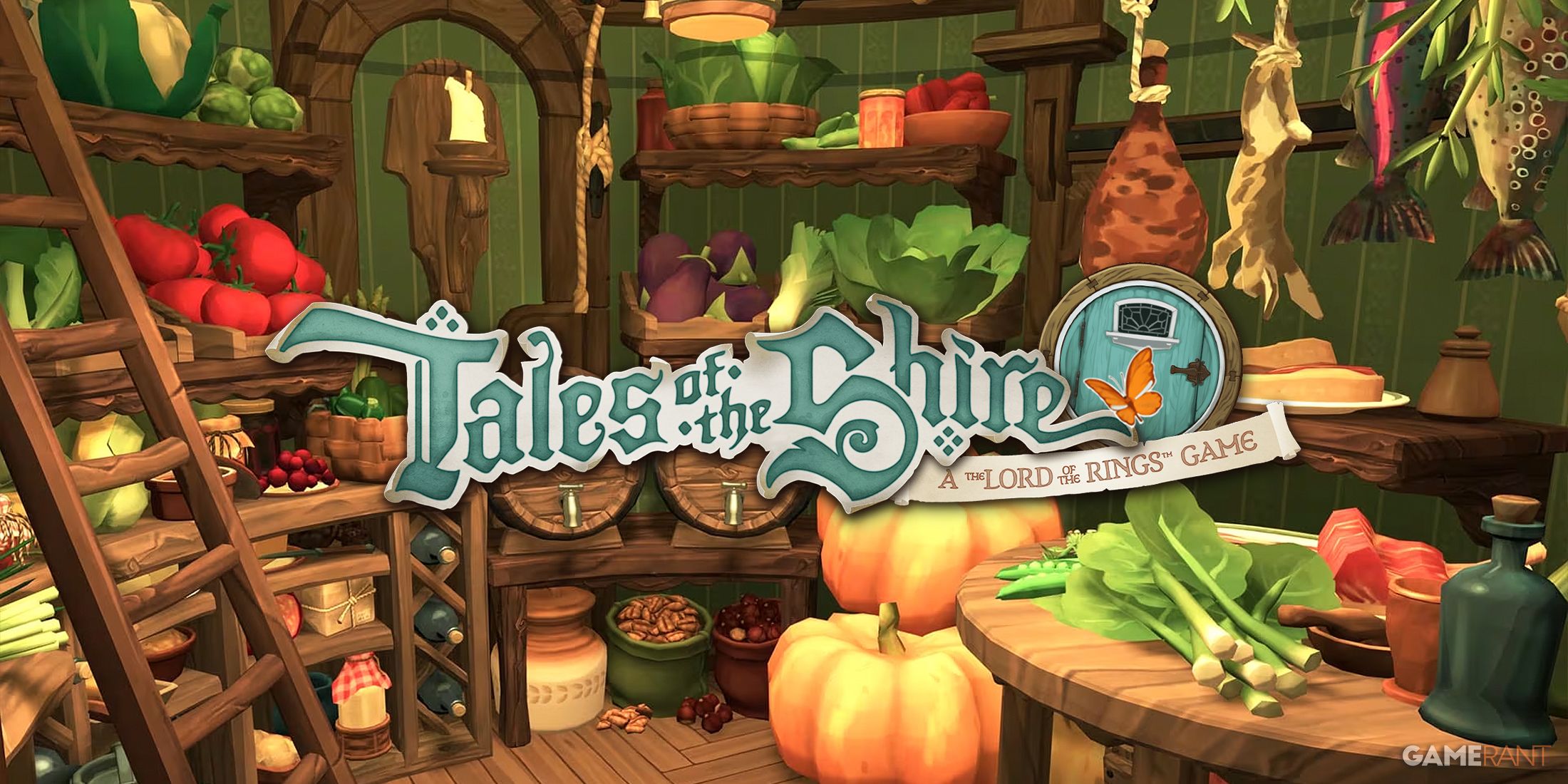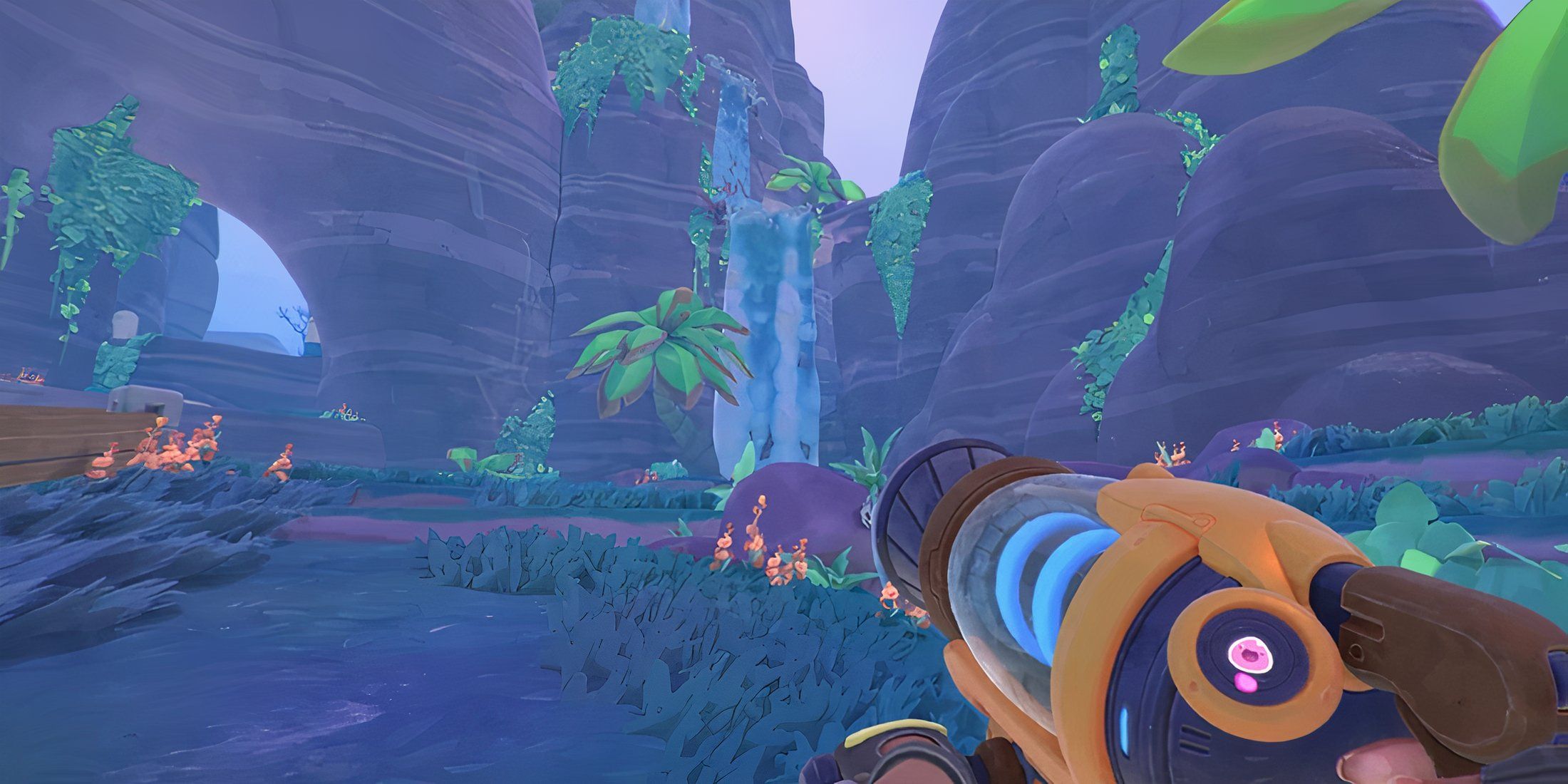The animal life in Dinkum gives players fun and exciting gameplay options. There are multiple kinds of animals in the game, ranging from predators to more harmless species.
Players can raise farm animals, hunt the wildlife, or tame and trap the animals, depending on the species. Before doing any of that, though, players must learn to craft and apply for licenses. It's also necessary to have Irwin, the local animal handler, set up a permanent shop. The process will require time and effort, but soon enough, players will be pro with the Dinkum animals.
Aggressive Wildlife
One of the first things players will realize is that while some animals will ignore them, others will attack them on sight. There are a few violent species on the island. Players should watch out for these animals:
- Crocos, the crocodiles on the island, hang out in almost all the rivers in the area. They hunt many of the nonaggressive animals on the island and will attack players on sight. They move fast in the water but will give chase if spotted on land.
- Wary Mus are large emu-like creatures. They have a prominent horn on top of their head, so they put their heads down and charge at players hoping to strike them. They are native to the Tropics, so players can avoid them in many island areas.
- Sharks, luckily, only pose a threat in the ocean. While they sometimes spawn near the Bushlands, they're usually found in the Southern Oceans. They're incredibly fast in the water, so keeping a reasonable distance is good practice when dealing with them.
- Bush Devils are large predators that can shoot fire out of their mouths and will attempt to bite when players get too close. Bush Devils are mainly nocturnal but will wake up and attack if approached while sleeping. Bush Devils are found in the Pine Forests.
- Jellyfish, like sharks, are only found in bodies of water. They aren't limited to the oceans and can be found in most of the rivers as well. They move slowly, but will poison players if they get too close.
- Bats are only found in the mines, and will attack on sight as well. However, they are fragile and can usually be knocked out quickly.
Nonaggressive Wildlife
There are a few nonaggressive species that also live on the island. They don't attack on sight; however, some have offensive moves. Here are some of the friendlier animals:
- Jackaroos are a lot like kangaroos but with deer-like qualities. They are found in almost all the different regions. They are skittish, but when attacked, they will prop themselves up on their tails and kick out at their assailant.
- Diggos are the canines of the island and are also found in most regions. Even though they are predators, they don't show much interest in players. If attacked, however, they will defend themselves by biting. They can be tamed with the Animal Collars located in the mines.
- Mus are the gentle relatives of Wary Mus. They are slow and docile, making them easy targets for the predators on the island. Players can tell the difference between the species by their color. Mus are a light grayish brown while the brutish versions are dark gray, almost black.
- Kidnas are a lot like hedgehogs. They will ignore players when approached, but if attacked, they will roll into a ball and charge at them.
How to Hunt
Players can hunt the wildlife found on the island using crafted weapons or tools bought from the Shop. To get recipes for weapons, players will need to apply for a Hunting License at the Base Tent. Fletch is in charge of all the licenses and will give them to players in exchange for Permit Points. Permit Points are earned by completing Milestones and can be earned daily, so there are ample opportunities to collect them. Players should also get a Mining and Logging license to unlock the axe and pickaxe from John.
To hunt, select a tool or weapon and approach any wildlife species. Be prepared to put up a fight and move quickly to avoid taking too much damage. Players will pass out if the heart meter runs out, and a new day will start.
How to Use Traps
Wildlife can also be trapped and captured if the player has the Trapping License, which is made available to players once they have the Hunting License. After getting the license, Fletch will teach the player trap recipes.
Players will need to set up the traps after crafting them. Then, to get the animals in the traps, players can chase the passive species or lure the more aggressive ones to give chase.
How to Get Farm Animals
Players can also raise and handle farm animals. There are three species of farm animals:
- Chooks: are chickens, and will lay eggs players can sell or cook and eat.
- Vombats: act as cows in Dinkum, and will start to produce milk when they are old enough.
- Pleeps are a combo of sheep and platypus, and players can get wool from them.
These can all be purchased from Irwin. Irwin is a regular visitor to the island and sells animals, feed, and feeding troughs. Players will need to gain a relationship with him by completing requests and purchasing Chooks and animal handling supplies. However, Irwin won't sell anything unless players have a Handling License.
Vombats and Pleeps become available whenever Irwin's Barn is built, and he is a permanent resident on the island. All the materials for the deed will need to be found and placed in the construction zone for construction to start.
Resident Requests and The Bulletin Board
Sometimes the residents and visitors will ask the players to complete requests. The Bulletin Board requires a deed to be bought, but after it is built, residents can ask the player to complete tasks related to the wildlife, such as getting shipments of meat ready, taking photos of them, or hunting Alpha Jackaroos, Crocos, and Bush Devils. Alphas are more robust, larger, and powerful, so be wary when approaching them. The reward for taking care of them is usually a hefty amount of Dinks.
Dinkum is available for Early Access on PC




-1.jpg)
.jpg)
.jpg)
.jpg)
.jpg)
.jpg)